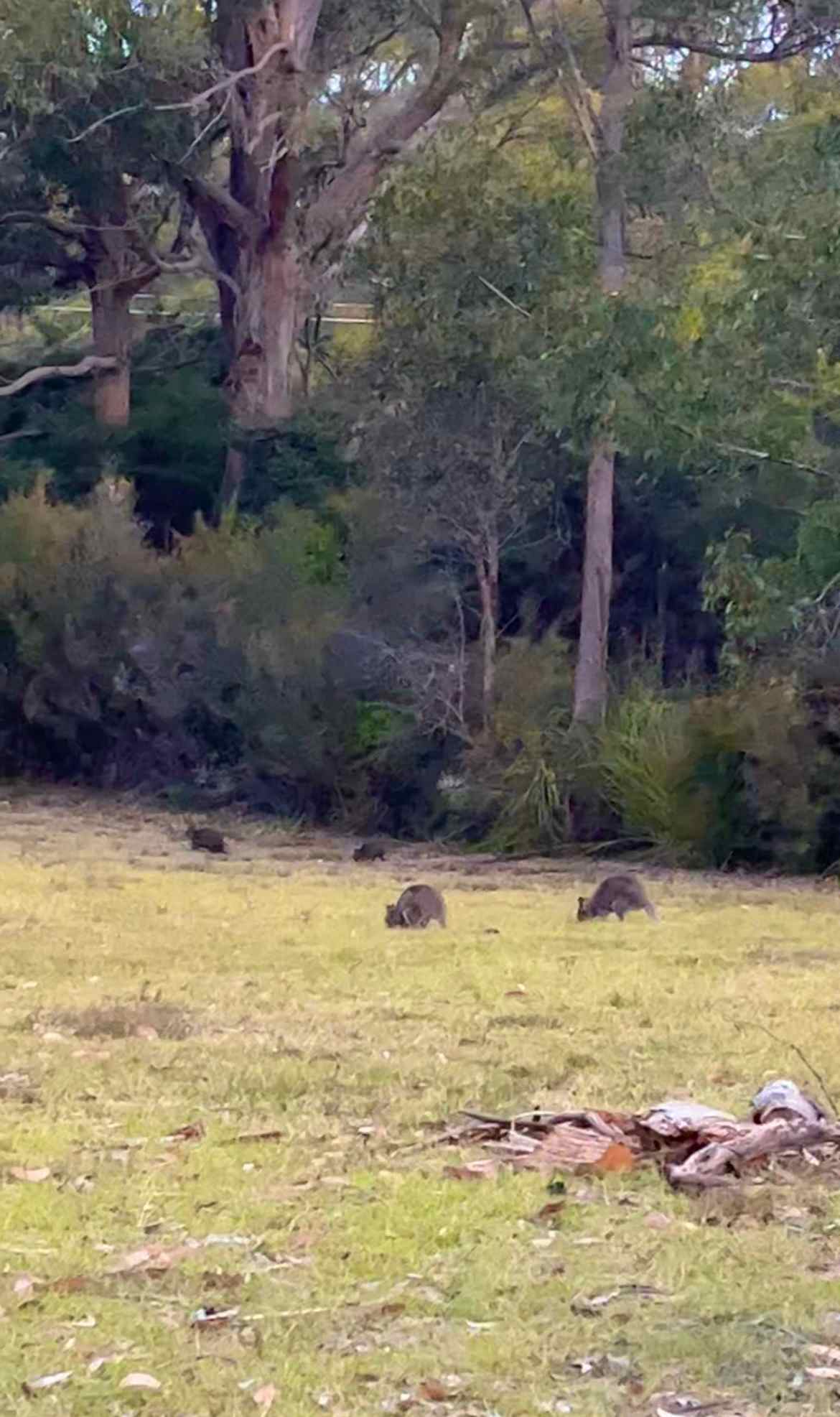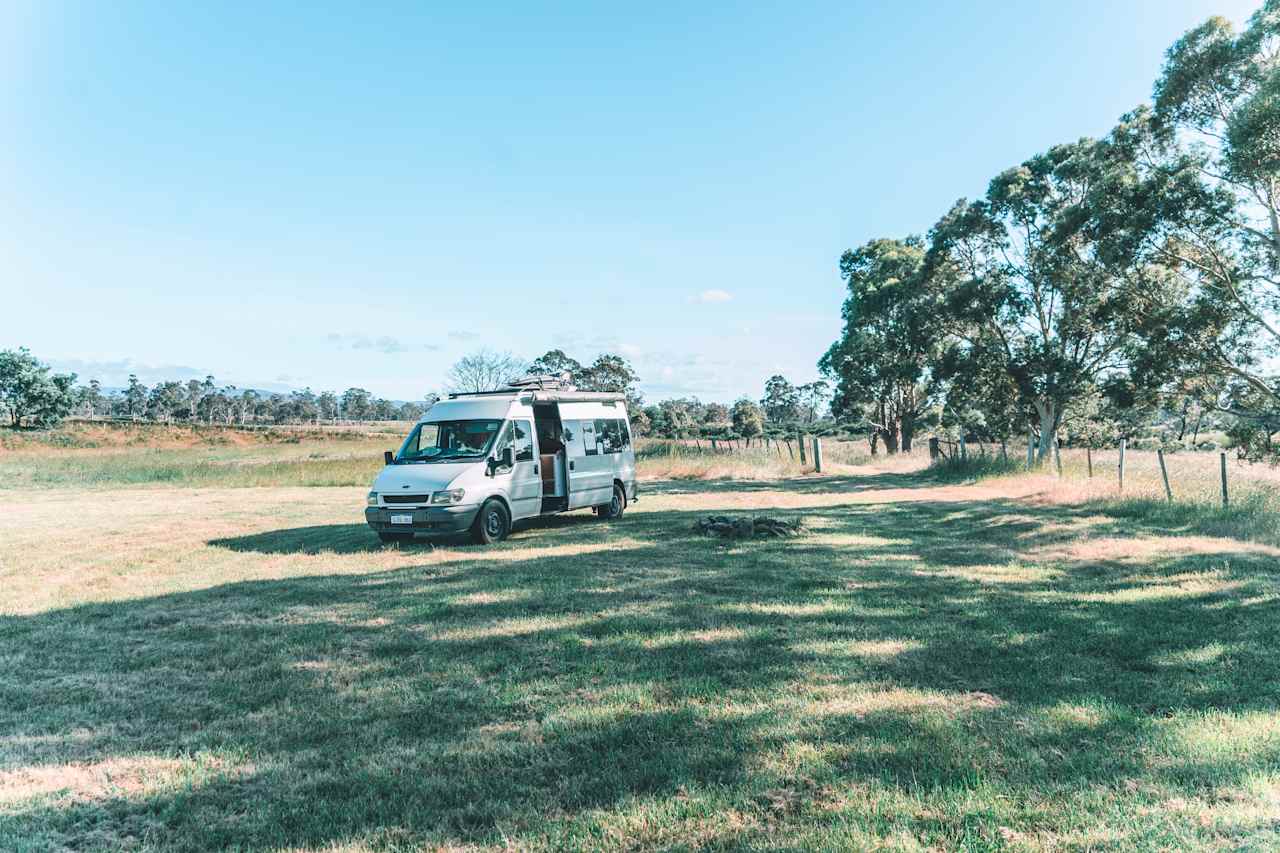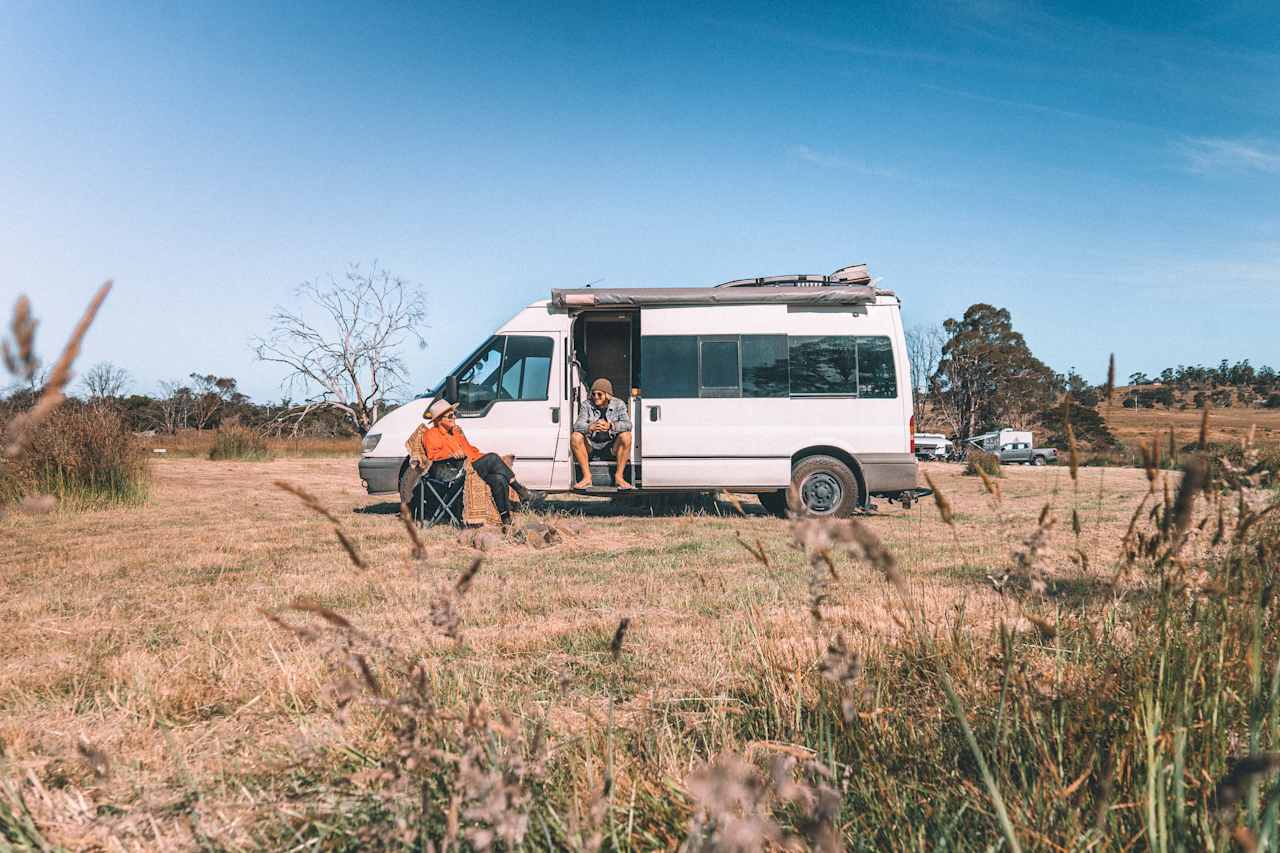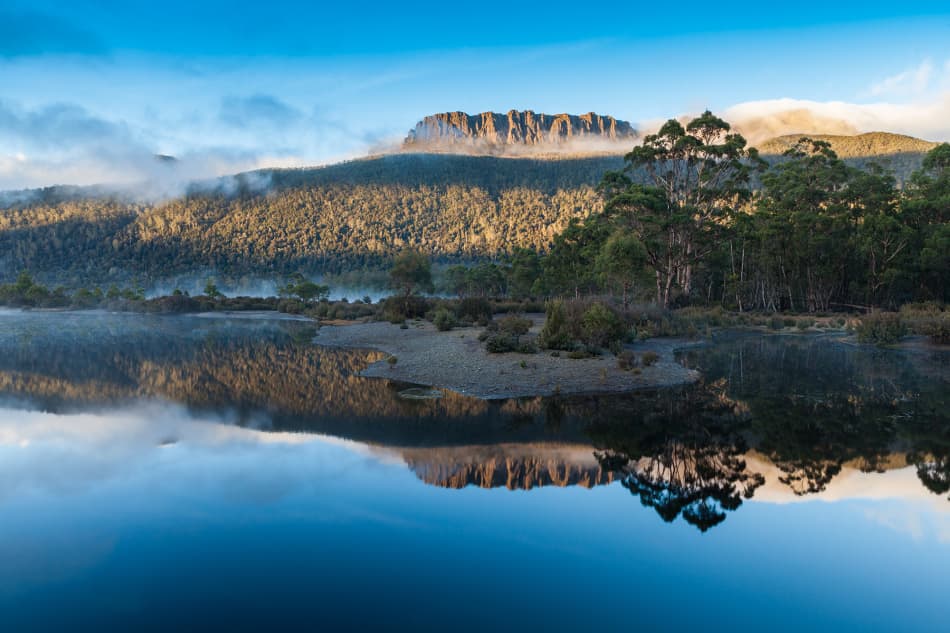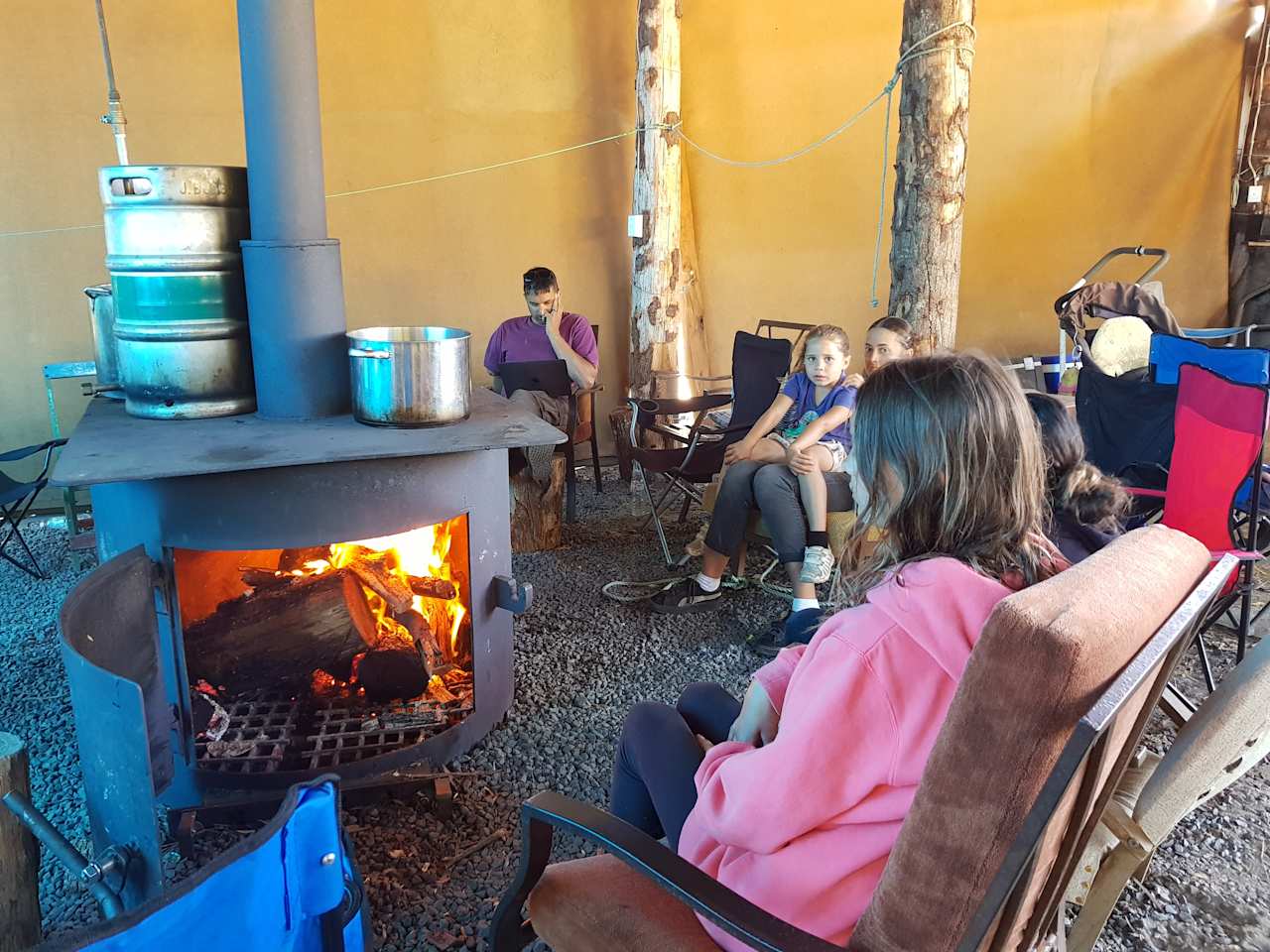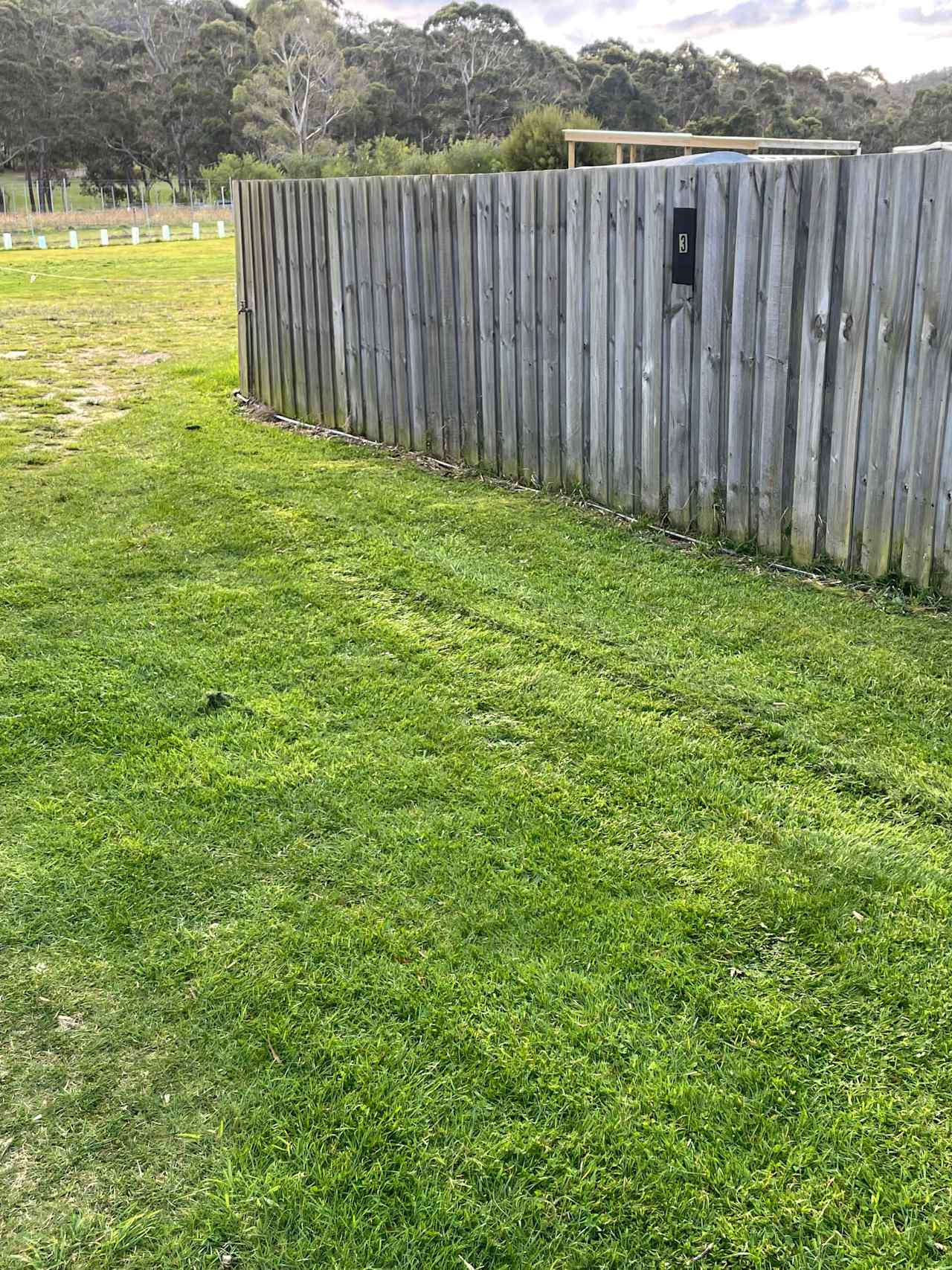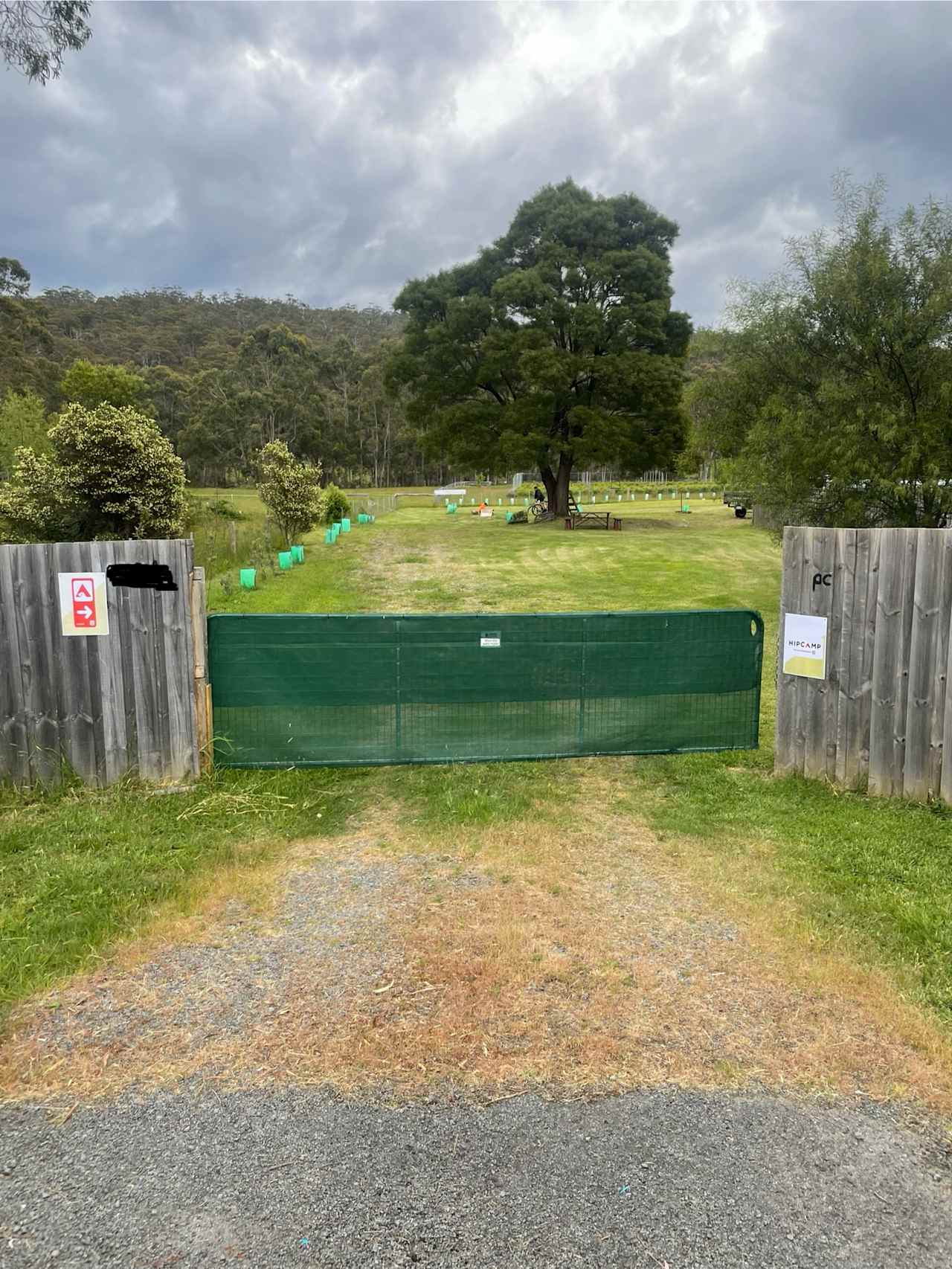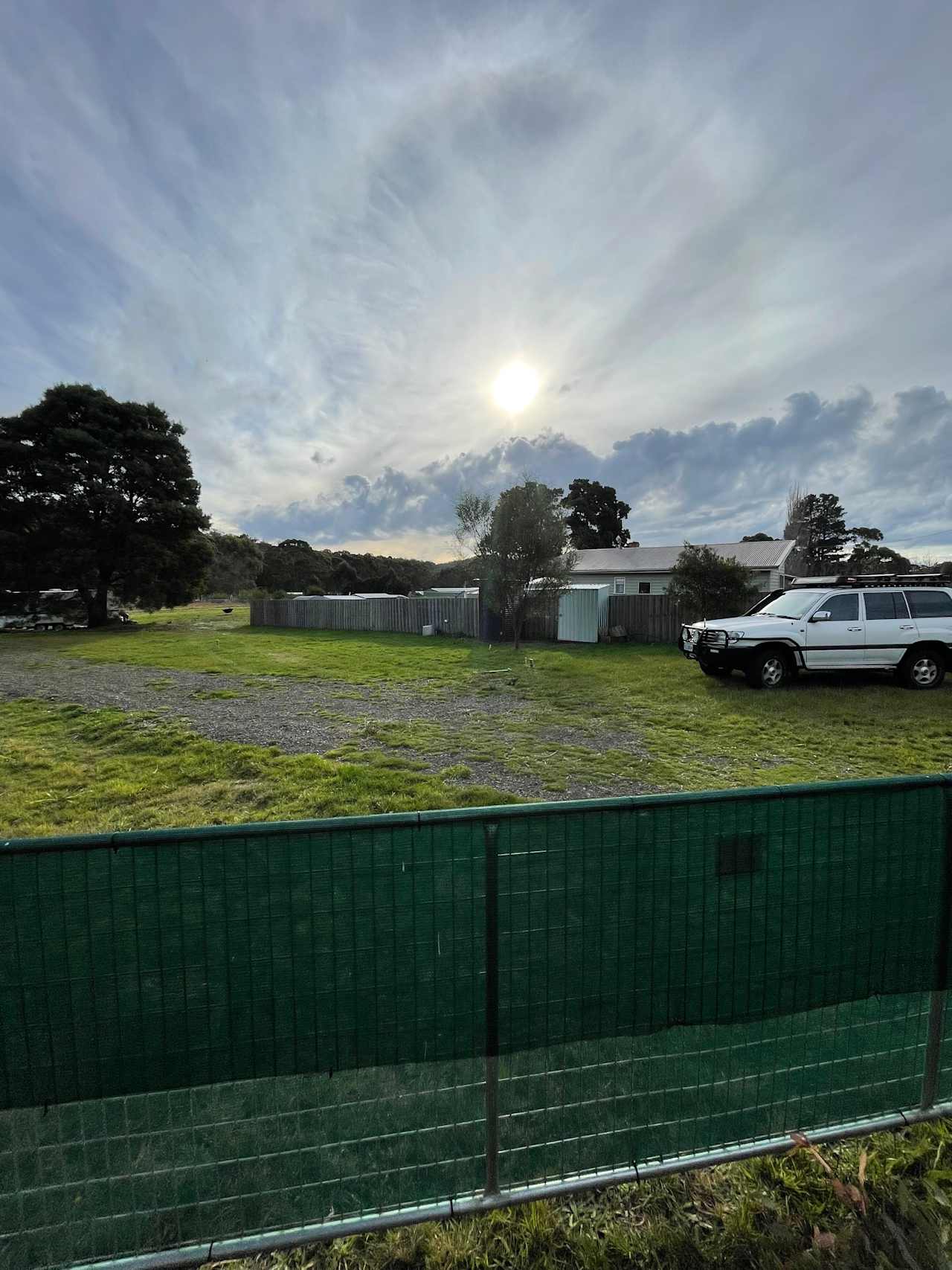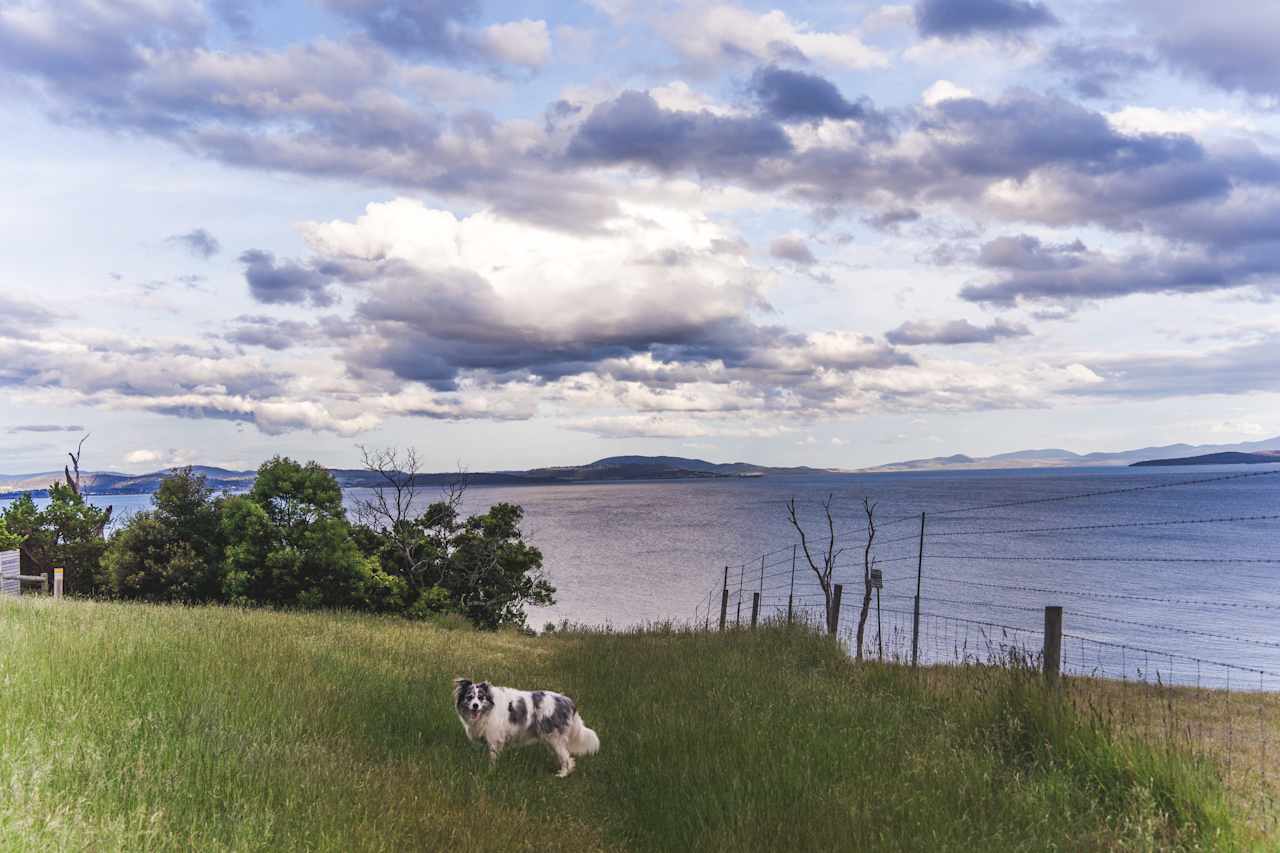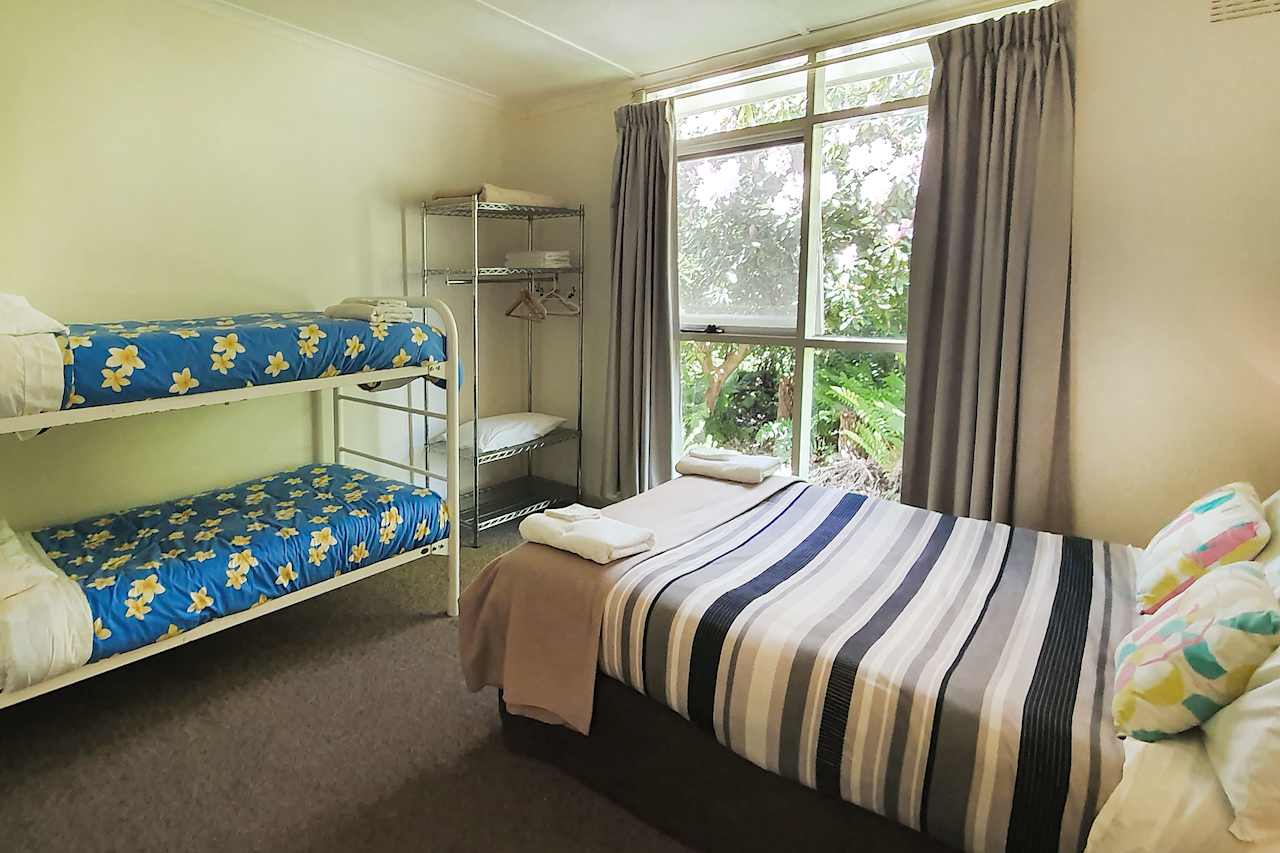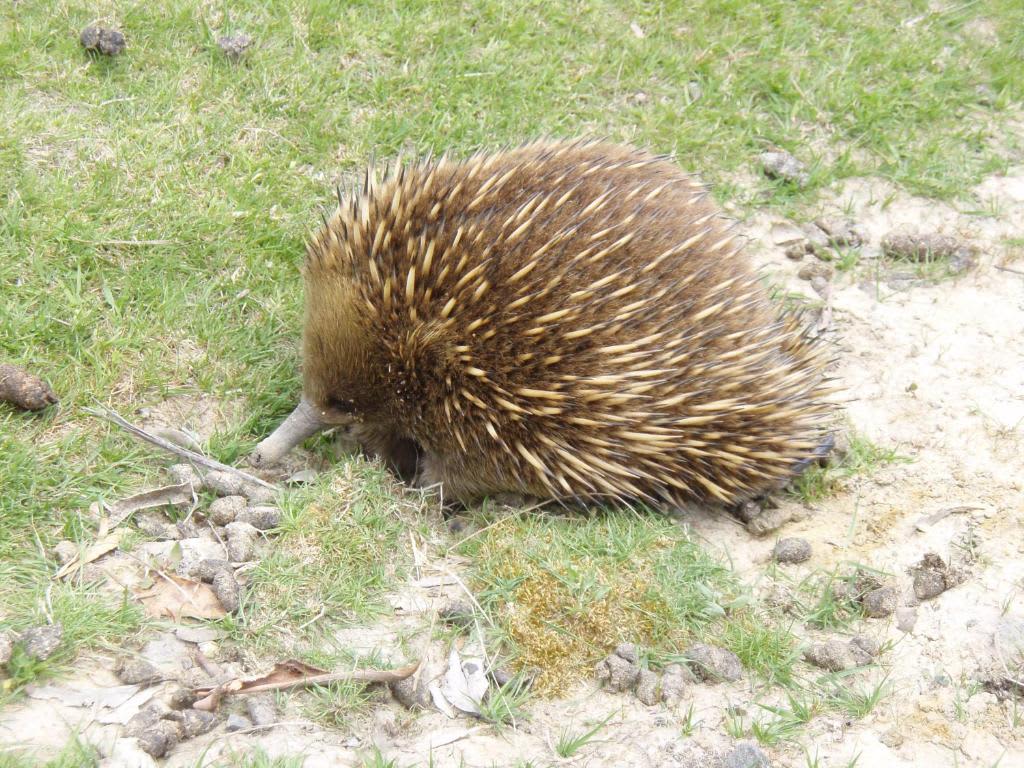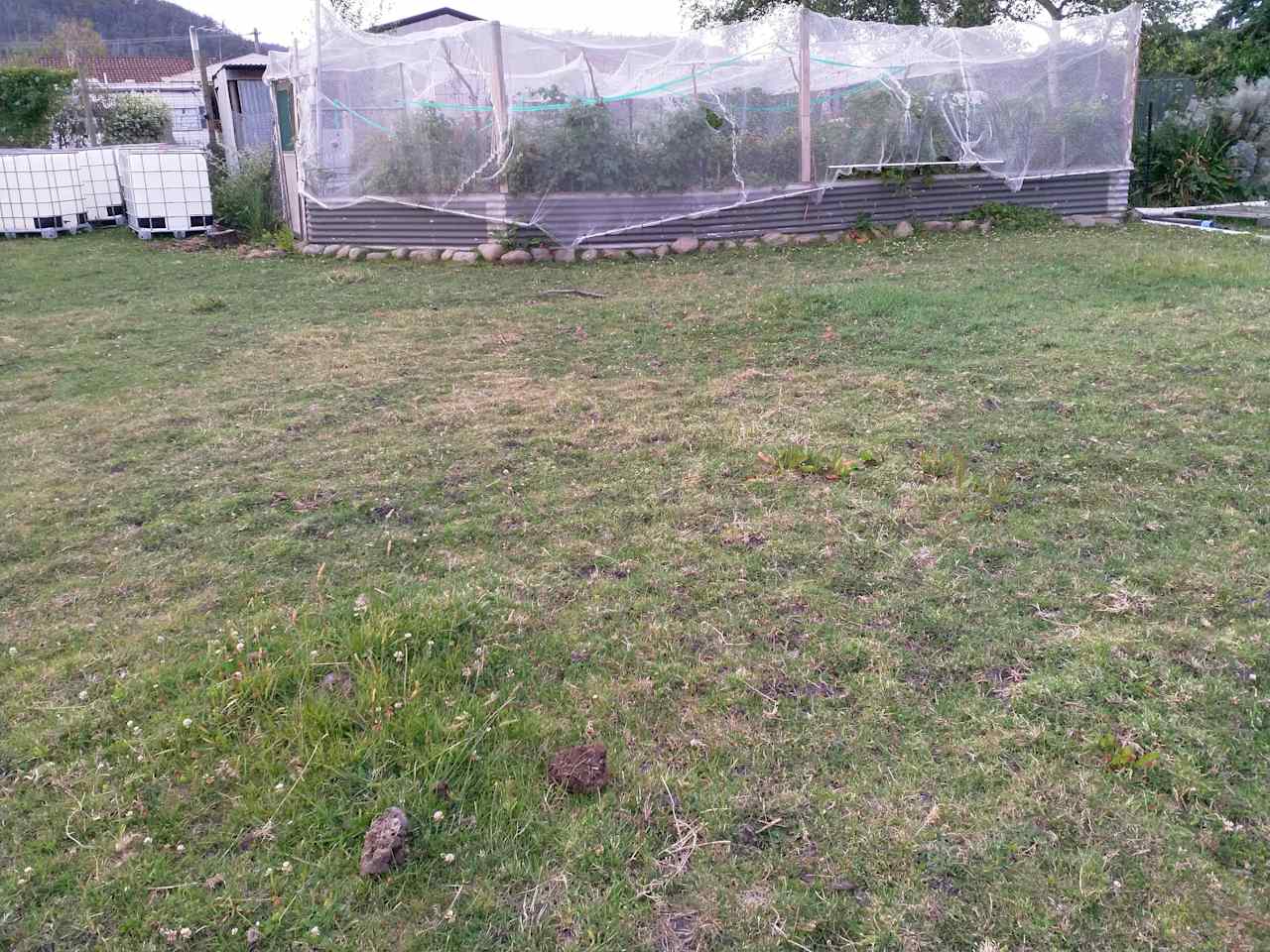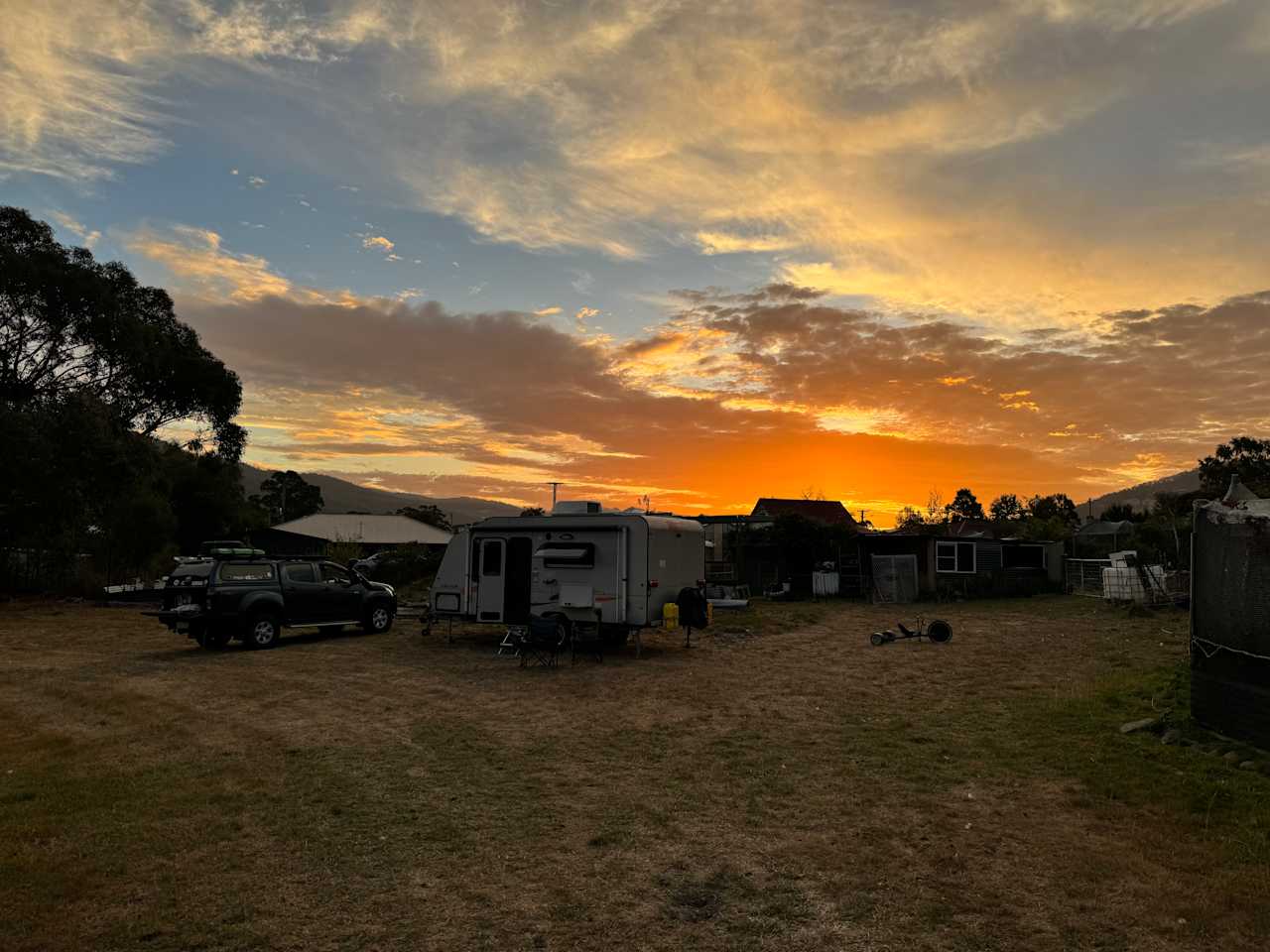Camping near Sandy Bay
Hit the road from this upscale Hobart suburb to area beaches.
Popular camping styles for Sandy Bay
Star Hosts in Sandy Bay
Available this weekend
12 top campgrounds near Sandy Bay
Under $50
Dog-friendly getaways


Camping near Sandy Bay guide
Overview
Sandy Bay is an upmarket suburb of Hobart, Tasmania’s capital city. It’s just south of the Central Business District and at the foot of Mount Nelson. The suburb is known for its high-end real estate and attractive beaches, which make for a good place to spend a warm day when in Hobart. Tent or caravan campers might want to stay at a holiday park on the outskirts of Hobart and visit the beaches of Sandy Bay—such as Long Beach, Nutgrove Beach, Red Chapel Beach, and Sandy Bay Beach—on day trips. Otherwise, hightail it out of town into Tasmania’s national parks for the best camping experience.
Where to go
Tasman National Park
On a peninsula southeast of central Hobart and Sandy Bay, Tasman National Park contains stunning 300-metre-high cliffs that collide with the waters of the Southern Ocean, creating interesting rock formations. Hike the multi-day Three Capes Track along Australia’s highest sea cliffs to experience the best of this park. There’s a campsite at Fortescue Bay, on the eastern coast of the park.
Bruny Island
This island is a 20-minute ferry ride from Kettering on the mainland, which is about 30 minutes’ drive from Sandy Bay and Hobart. Bruny Island is essentially two—North Bruny and South Bruny–connected by the narrow isthmus of The Neck. There are a few simple campsites on the island, especially around the South Bruny National Park, as well as a well-equipped holiday park. Bruny Island is renowned for its fresh local produce, and self-catering campers should grab some fresh oysters.
Mount Field National Park
About 1.5 hours’ drive north-west of Hobart, Mount Field National Park contains mountains, waterfalls, forests, alpine tarns, and options for tent and caravan camping. The park is part of the huge Tasmanian Wilderness World Heritage Area, and is one of the easiest places to access this area from Hobart.
When to go
As one of the main attractions of visiting Sandy Bay is to visit the beautiful beaches, go when the weather is warm and sunny so you can make the most of the sea. Broader Hobart is a good destination at any time of year, but particularly in the autumn (March-May), when the weather tends to be warm but the visitor numbers lower than in the summer.


